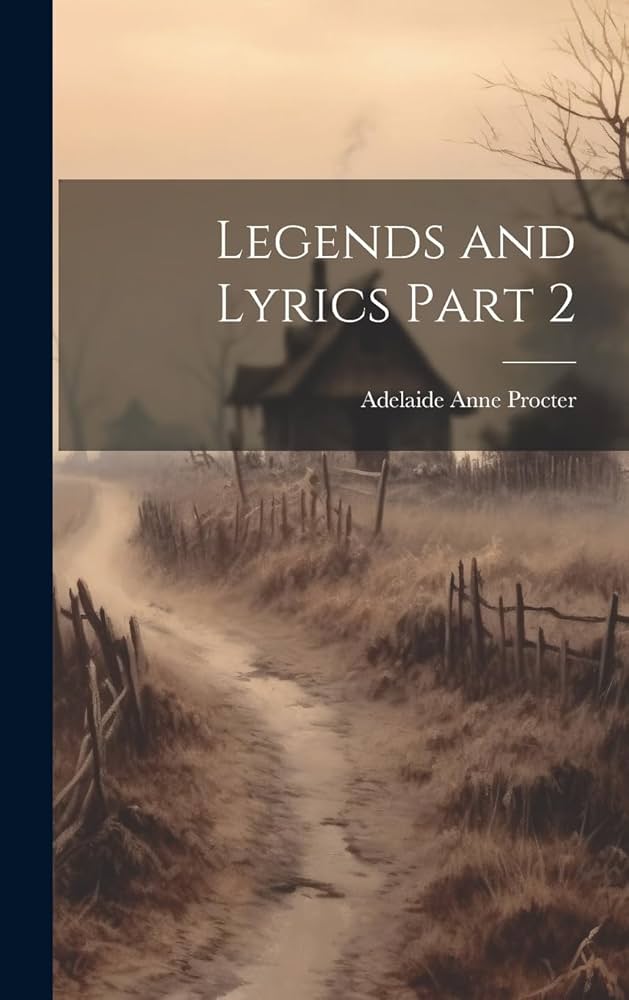VERSE: A Contrast
byA Contrast opens with an invitation to reflect on a closed chapter of life, framed by an old ebony casket filled with tokens from the past. The scene is not dramatic, but deeply personal—inside are weathered letters, a delicate ring, a once-cherished locket, and most tellingly, a small portrait tied with a crimson thread. Each object carries the weight of memory, not merely sentimental, but transformative in what they once meant and what they now represent. The portrait is especially significant, capturing not just a face, but an entire way of being that time has since reshaped. There is no regret in opening the casket, only an intimate curiosity about who that young girl was before the world changed her.
The image in the portrait stares back with trusting blue eyes and a softness untouched by betrayal or disappointment. Her expression radiates the bright certainty of youth—the belief that love endures, that kindness is always returned, that life bends to hope. Those features, once her own, now feel unfamiliar. It is not just age that has altered them but experience—the kind that teaches through heartbreak, not instruction. She doesn’t scorn her younger self; she marvels at how much belief could fit into such a small, serene smile. What once felt eternal now appears fragile in hindsight.
The woman she has become doesn’t pity the girl in the portrait but sees her as someone else entirely—a person who hadn’t yet learned the weight of compromise or the ache of letting go. The letters beside the portrait, once written with trembling hands and burning hope, now read like stories from a different lifetime. She recognizes the emotion but no longer feels it with the same urgency. Experience has softened the sting of past heartbreaks, turned sharp grief into dull ache, and eventually into distant memory. The transformation wasn’t sudden, but slow, layered through seasons of change and choices made under silent pressure.
There is a certain peace in acknowledging how time has dulled what once felt unbearable. The crimson string that ties the portrait is a fitting symbol—not only of emotional connection but also the bloodline of memory that can never be entirely severed. Though the romance that birthed these keepsakes ended in anger, the narrator no longer holds that fury. What remains is quieter: a nod to what once was, a recognition of how that love shaped her even in its absence. No act of burning the letters or closing the casket can erase the influence of that past self.
Her reflection brings not sorrow, but understanding. The kind of understanding that only comes after watching expectations fall away and being forced to rebuild. She has grown into someone who no longer searches for fairy-tale endings, but instead seeks presence and self-honesty. The innocence she once had is gone, yet what replaced it is not bitterness—it’s clarity. Dreams did not die; they evolved. And with that evolution came resilience, a trait the girl in the portrait never had to learn.
The contrast between the two selves—then and now—becomes a lesson not in regret, but in acceptance. She no longer measures her worth by youth, beauty, or romantic fulfillment. Instead, it’s measured by how well she adapted, how much she learned, and how deeply she can now feel without losing herself. The portrait serves not as a trap, but as a mile marker. It shows how far she’s traveled from a place of illusion to one of deeper truth. Each wrinkle on her face is earned, each scar remembered without shame.
In moments of solitude, she returns to the portrait not to relive the past but to honor it. Life may have stripped away some of her early dreams, but it replaced them with something more enduring: the ability to look back with compassion, not longing. Her younger self wasn’t foolish, just untested. The test came, as it does for all, through heartache and time. And she passed—not by holding on, but by letting go with grace.
“A Contrast” captures what it means to outgrow ourselves, to carry the memory of who we were while living fully as who we are. For readers, it’s a quiet, emotional exploration of personal evolution, showing that change isn’t a failure but a sign of having lived. Through the casket’s relics and the silent stare of the portrait, we are reminded that while we can’t go back, we can always look back—with understanding, and sometimes, even peace.

